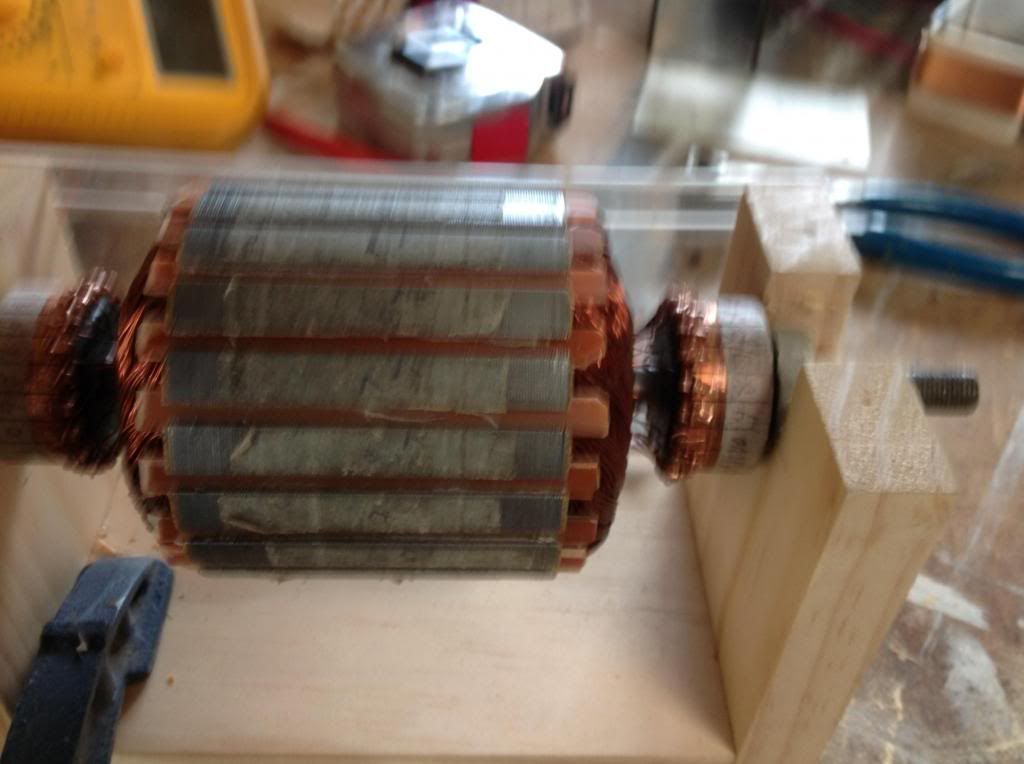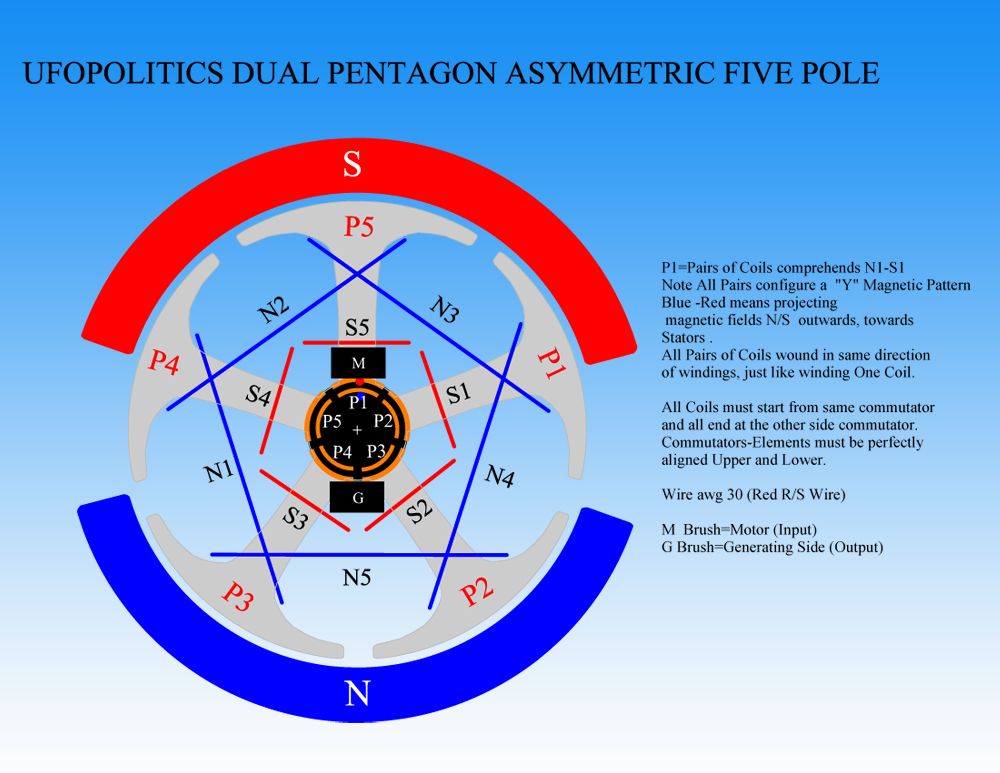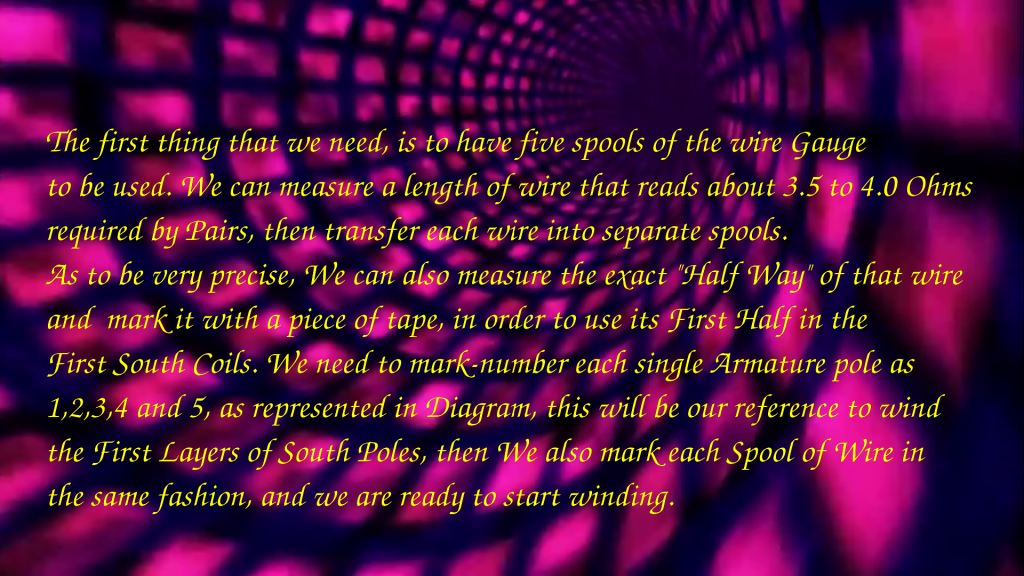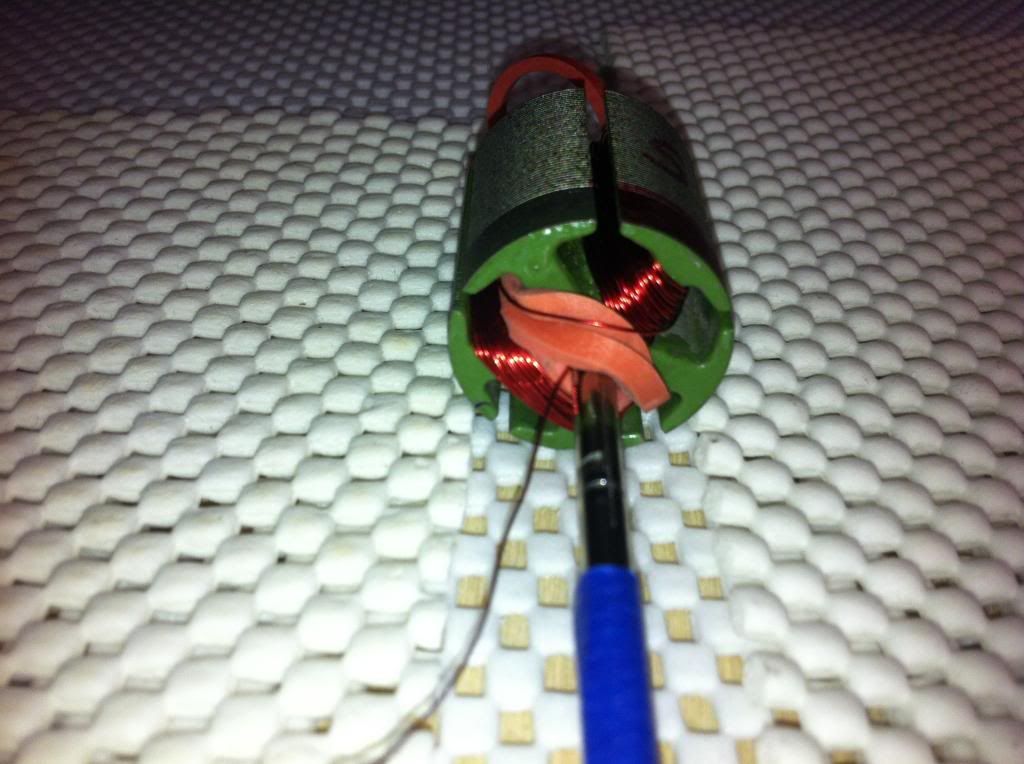A paradox
Thanks for the welcome Midas.
It should be clear by now that I know next to nothing on this subject other than the basics of a 'classical' 'conventional' school education.
But you seem to be posing a paradox where you reasonably ask if a consequence of this type of motor is more Amp draw...And if the extra torque is worthy of the extra Amps...But as I understand this topic so far, it is recognised by those replicating the motors that there is next to no heat generated or sparking at the commutators...Which is surely a waste of energy in the classical model...Where the corollary of your question is 'the classical model draws less Amps'.
So more Amps creates more torque and no heat...Where less Amps creates less torque and more heat.
I don't think I understand the question. Which is very likely.
mark
Thanks for the welcome Midas.
It should be clear by now that I know next to nothing on this subject other than the basics of a 'classical' 'conventional' school education.
But you seem to be posing a paradox where you reasonably ask if a consequence of this type of motor is more Amp draw...And if the extra torque is worthy of the extra Amps...But as I understand this topic so far, it is recognised by those replicating the motors that there is next to no heat generated or sparking at the commutators...Which is surely a waste of energy in the classical model...Where the corollary of your question is 'the classical model draws less Amps'.
So more Amps creates more torque and no heat...Where less Amps creates less torque and more heat.
I don't think I understand the question. Which is very likely.
mark



 [/IMG]
[/IMG]

 [/IMG]
[/IMG]




 rogram.exe to program.exe1 or you might try to compress the file using winrar or another compression program.
rogram.exe to program.exe1 or you might try to compress the file using winrar or another compression program.
Comment